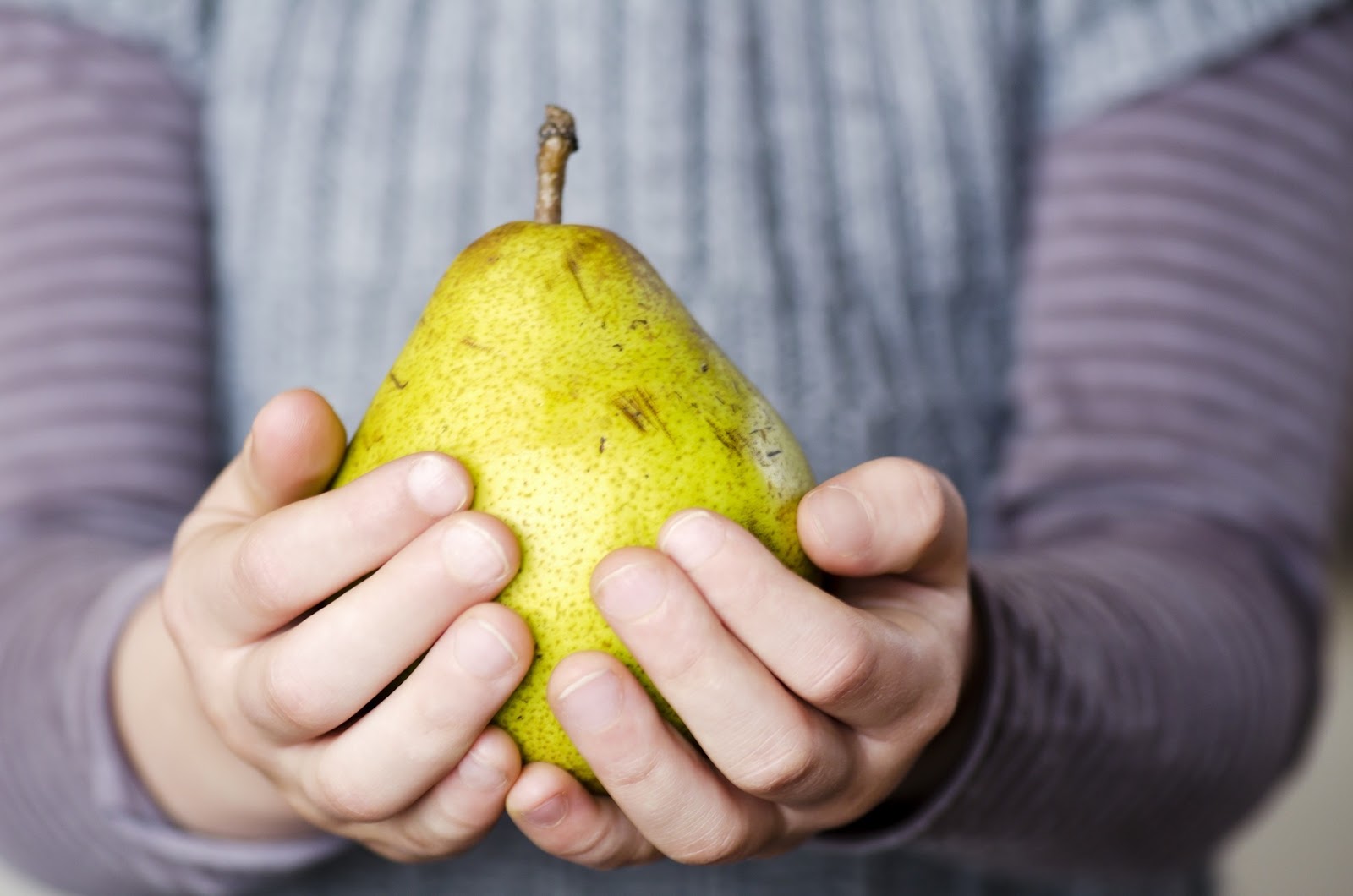Encouraging children who don’t like fruits and veggies is every parents’ pet peeve. Luckily children tend to favour one over the other, so at very least they can still get some fibre and essential vitamins. If your little one loves them both, then lucky you. However, when children refuse to eat both, that’s when parents have to wreck their brains and think of creative ways to get some fruits and vegetables into their system.
Fruit and vegetables should be an essential part of everyone’s daily diet because they contain vitamins and minerals that can help to keep you healthy. Scientific research has also shown that if you regularly eat lots of fruit and vegetables, you have a lower risk of:
- Type 2 diabetes
- Stroke
- Heart disease
- Cancer
- High blood pressure or hypertension
Unfortunately, more than 80 per cent of Malaysians do not consume sufficient fruits and vegetables that are essential for a healthy diet. But what is more alarming, is that Malaysia is one of the top three countries with a high percentage of obese children aged between six months to 12 years of age.
So how can we make our children consume more fruits and vegetables so that they do not become part of the stats? Here are 10 ways to encourage your little one to eat more fruits and veggies for an overall improved diet.
1. Parents need to become role models
Children have a natural tendency to learn by example, and all the more for parents to practise healthy eating! If you want your child to make better snack choices (for instance, choosing fruit over chocolates), then you as the parent need to lead the way.
Let them see you eating more vegetables at mealtimes, and even if they don’t take after you immediately, they might just follow suit eventually.
2. Eat together as a family
Not only does eating together allow you to lead by example, but having set meal times will also train their bodies to expect food, which will, in turn, improve their appetite. Parents can also use this time to instil healthy eating habits and table manners. When children are in a comfortable and relaxed setting, it will set up more opportunities for them to try out something new.
3. Get your child involved
Although people like to say that children usually don’t know what they want, it is still good to involve them in meal plannings and allow them to pick certain foods to go in their lunch.
Make sure to arm yourself with a list of healthy options for them to choose from. This way, you can minimise wastage and learn the different types of foods that they can tolerate.
4. Don’t give up! 
Continue to persevere and don’t stop adding servings of fruits and vegetables, even if they may not always eat them. Don’t feel too guilty about the waste: uneaten bits can still become compost. And if it really bothers you, you can even eat them up yourselves when the kids aren’t looking. The bottom line is that you push on. Eventually, their taste buds will mature, and before you know it, they’ll develop a liking for them.
5. Switch things up and make it fun! 
Children always love having fun, and by making food fun for them, it helps to create a positive association with healthy eating too. Cut fruits into cute shapes and play with a variety of fruits and vegetables so that you can provide colour in their meals. There are lifestyle stores that sell cute bento skewers for children to choose their own fruit pieces. Go the extra mile and switch things up every once a while; it might just entice your little one to gravitate towards fruits and veggies.
6. Get them to dip it!
Although dipping isn’t really a Malaysian way of eating fruits and veggies (with an exception to ulams and rojak), you’d be surprised how many children actually enjoy dipping. Maybe they like cream cheese, or perhaps they just prefer the refreshing crunch of chilled vegetables on a hot day?
Orang putih food also nevermind lah, as long as they eat.
7. Get your children into the kitchen!
Don’t just limit your children to meal planning only. Take them grocery shopping with you and have them hunt out all the goods needed on your list. Parents can also use this opportunity to get them to pick out a new fruit or vegetable to try.
At home, delegate the easy meal preps to your children while you supervise. Depending on their age and comfort levels in the kitchen, your children can help you prepare vegetables, crack an egg or even wash fruits. When children get to experience where their food comes from, from the grocer to the kitchen and on to their plates, they might just be more inclined to try eating it.
8. Make Smoothies
How about giving fruit smoothies a go? Smoothies make a great healthy breakfast or afternoon snack that is easy and quick to prepare. Just freeze chopped regular fruits like banana, papayas, grapes and berries. If you want convenience, there are plenty of grocers that sell strawberries and mixed berries that are already frozen. You can even add in veggies if you want to! Then add in a splash of milk and some honey before blitzing everything in the blender, and you’ll have a cup packed full of vitamins and fibre for your family to enjoy.
9. Hide the fruits and vegetables
If you have the pickiest of eaters, then try hiding it instead. Try hiding pureed vegetables as binders in meatballs. You can also hide mild-tasting vegetables like zucchini into muffins and bread.
Or try adding mashed bananas, blueberries and other fruits into pancakes. You can also layer fruits into overnight oats or freeze fruit smoothies into ice lollies. Just remember to serve them on scorching days and watch them tuck in.
10. Keep them within reach
Always have ready precut fresh fruits and vegetable sticks for quick snacks. Having everything ready also makes it easier for parents to add to lunches and to include in meals.
Be sure to put these on the lower shelves so that they are accessible and visible to your children. After all, you are trying to get your kids to eat them.
You will need to soak precut apples and pears in water with a bit of salt/vinegar to prevent them from browning. You can store other local precut fruits like papaya, honeydew and watermelon in covered containers. Don’t forget to put the yoghurt, sour cream and other dips nearby to make it easier for your children.
In conclusion
We hope these tips would help to encourage your children to eat as many fruits and vegetables as they can. Do not be discouraged even if your children remain difficult; continue to persevere so that they do not lose out on essential vitamins and fibre. For some, not eating fruits and vegetables is just a phase which will soon pass. So do not overstress yourselves. When your children’s palates become more refined with age, they will learn to like them.


